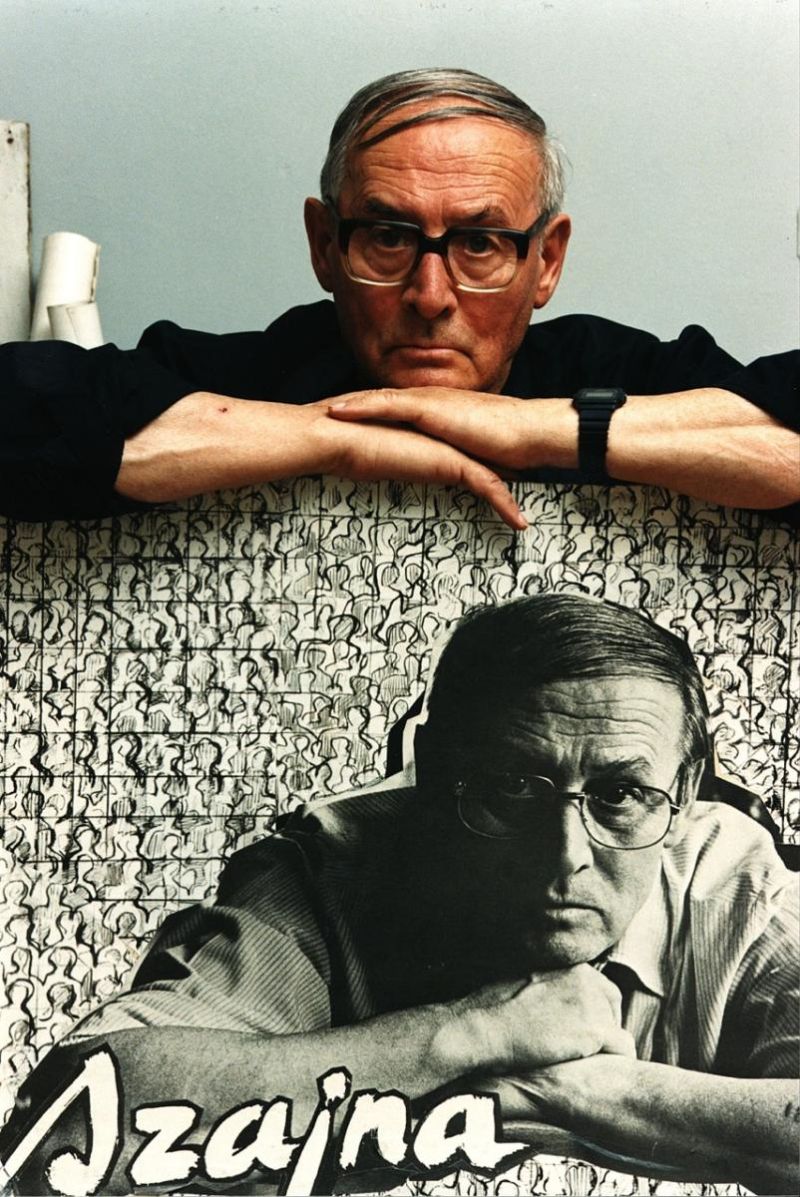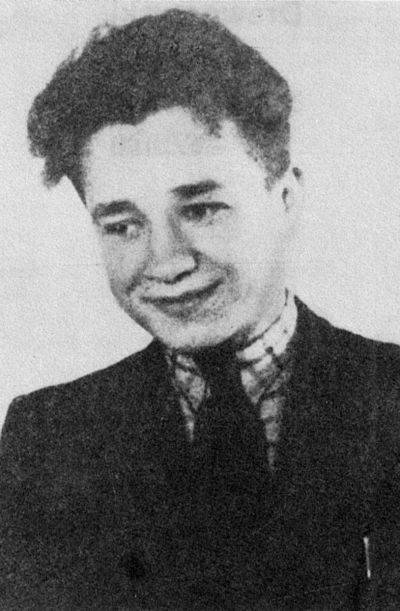Józef Szajna in Maczków
Mediathek Sorted
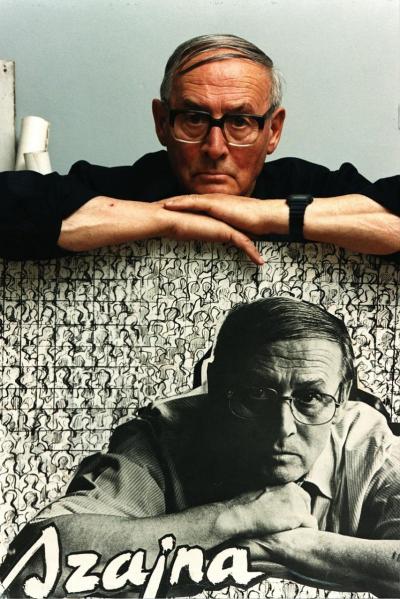
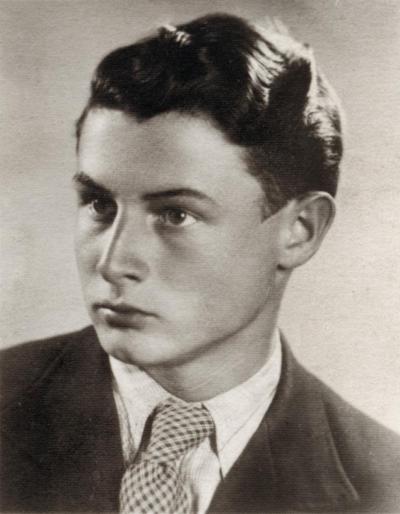
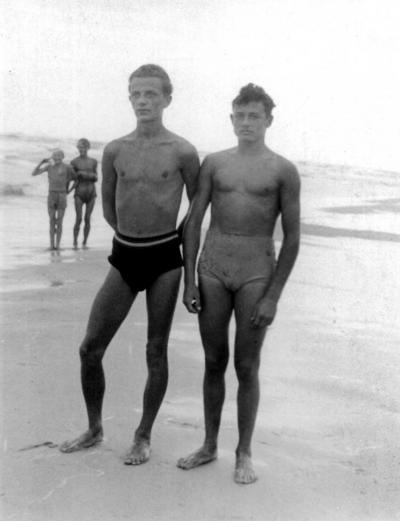
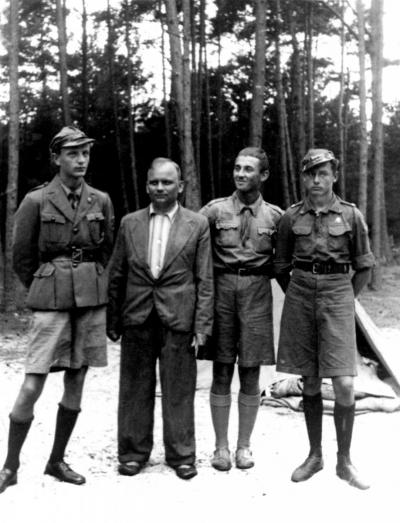
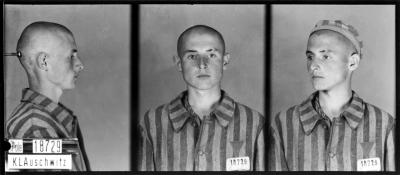
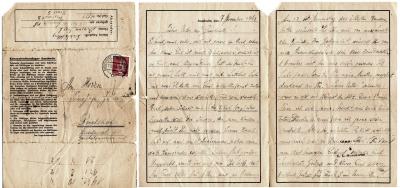
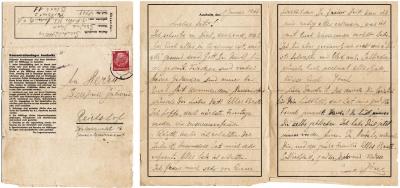
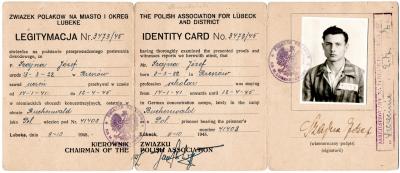
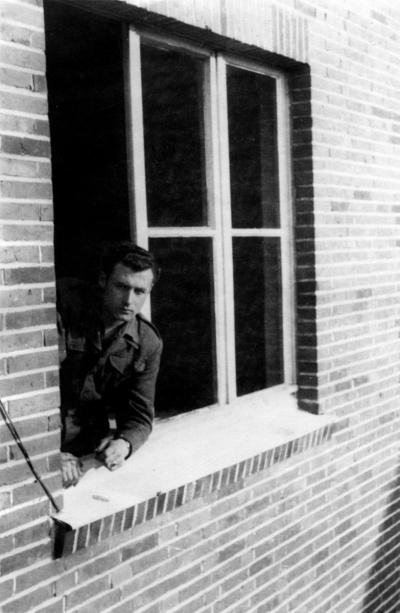
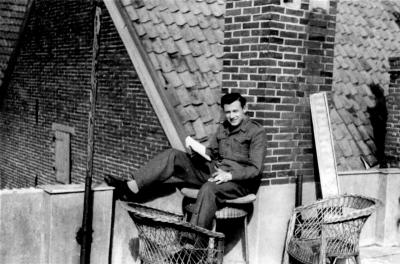
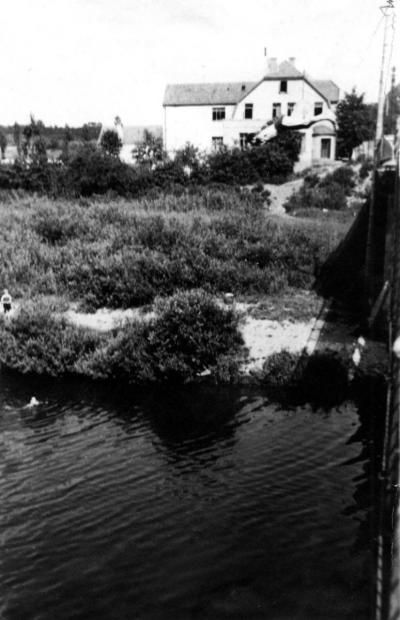
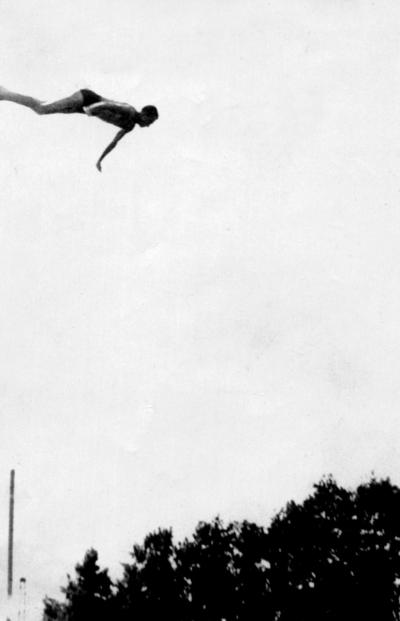
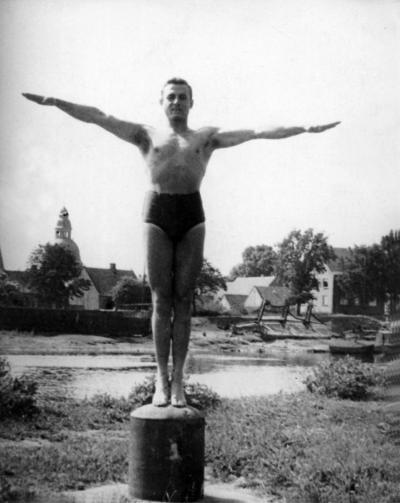
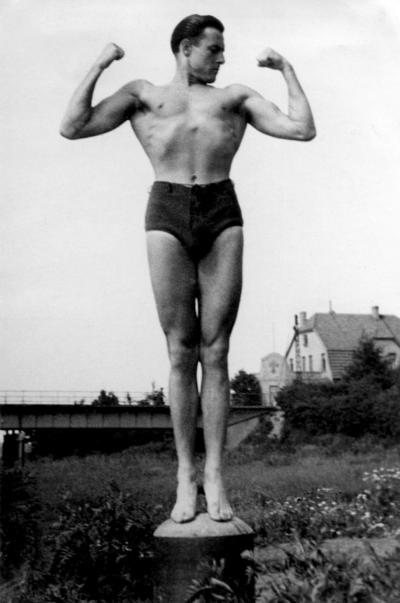
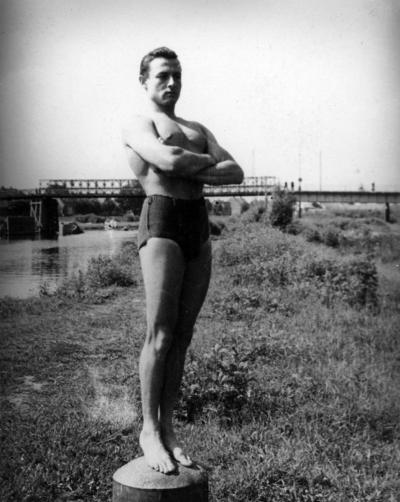
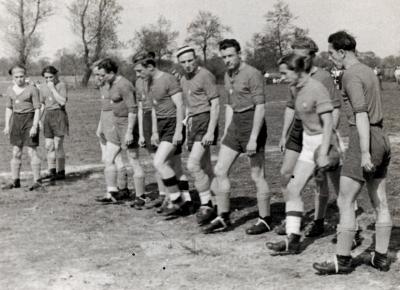
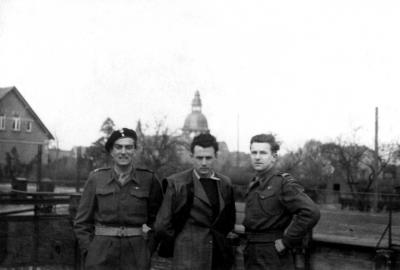
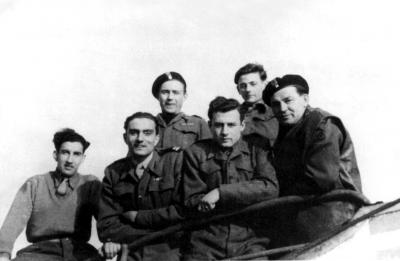

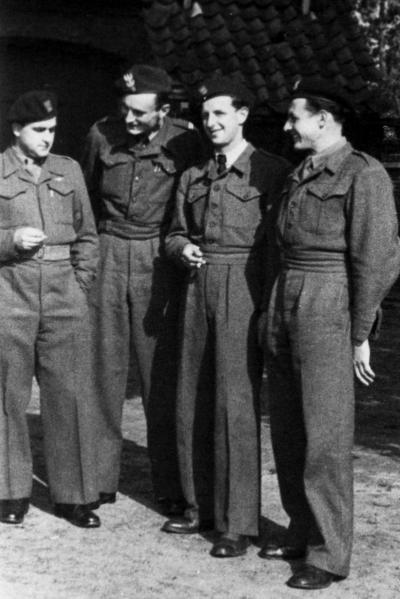
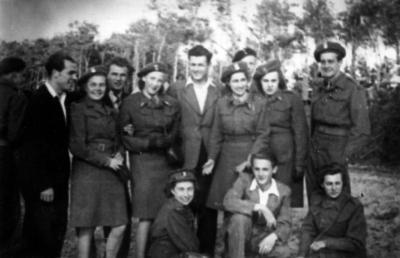
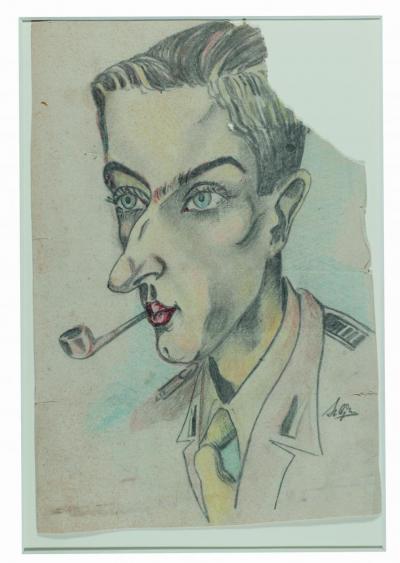
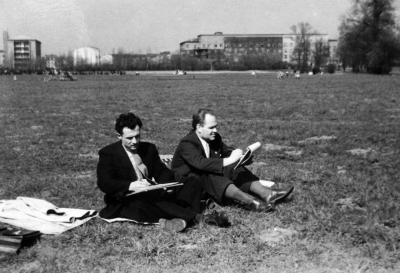
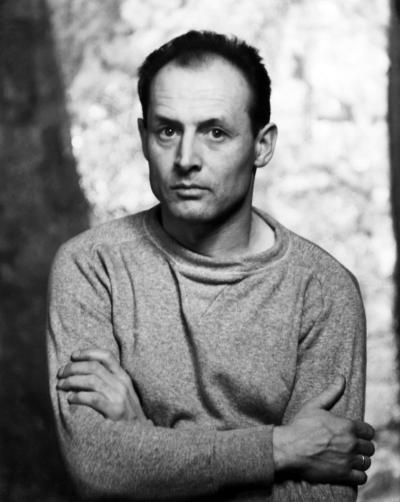
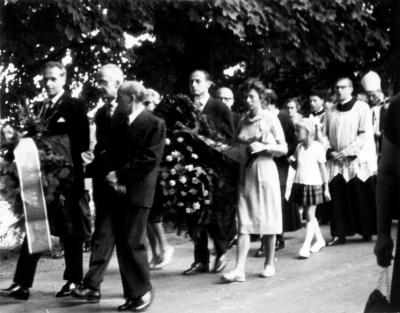
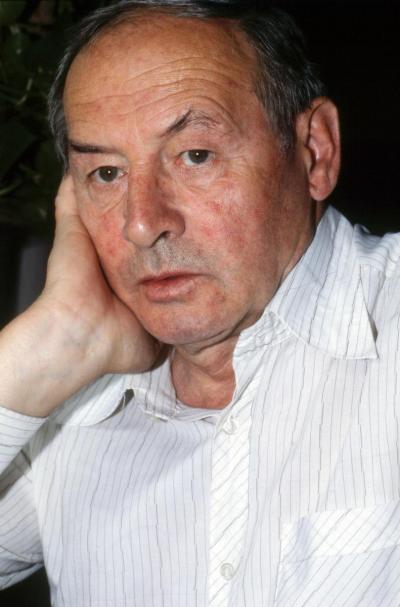
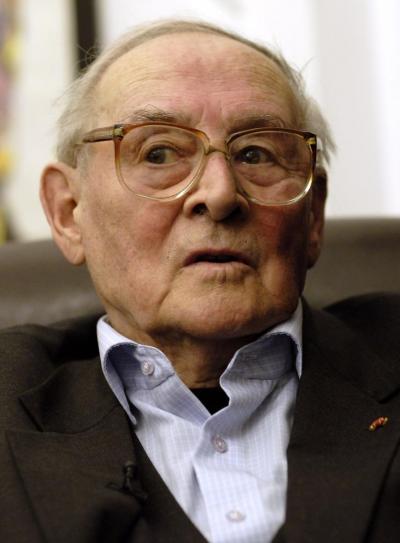
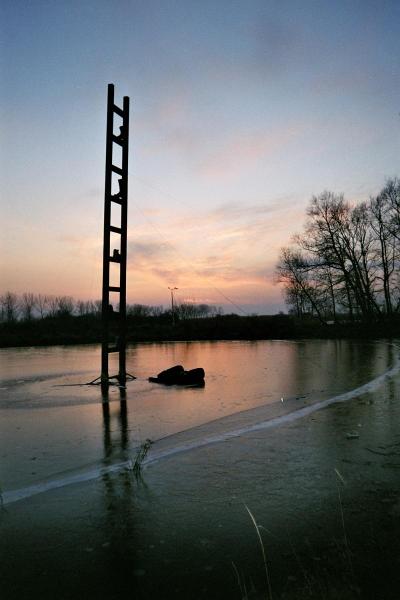

Józef Szajna - Hörspiel von "COSMO Radio po polsku" auf Deutsch






























Condemned to life. Józef Szajna in Maczków on the Ems: 1945-1947
Józef Szajna was born on 13th March 1922 in Rzeszów, East Poland. At that time Poland had just been restored as an independent country by the Treaty of Versailles after being wiped off the map of Europe for over 120 years. When the black clouds of Nazi tyranny reached their peak with the invasion of Poland on 1st September 1939 that marked the beginning of the Second World War, Szajna was just seventeen. In 2015 his son Łukasz wrote that “People should know that my father had competed in the Polish swimming Championships before the outbreak of the war. He was the Polish junior champion in trampolining, and the Polish runner-up in long distance swimming (at the time this was 400 m)”. Alongside his career as an athlete, Szajna was active in the traditionally patriotic Polish Boy Scout movement. When, in the middle of September 1939, it was already clear that the swiftly advancing German troops could not be halted despite the fierce resistance of the Poles, and the invasion of the Red Army from the East would seal the defeat of Poland, Szajna signed up as a member of the military Boy Scout organisation, “Szare szeregi” (Grey Formations), took an active part in building up a conspiratorial resistance movement and participated in a number of sabotage attempts under the codename “Esjot 25”.
After he realised that he was likely to be imprisoned he decided to flee to Hungary to join up with Polish units in exile. But several attempts to flee over the “Green Border” were all foiled. He was interned in Slovakia and handed over to the Germans on his nineteenth birthday, the 13th March 1941, in the area of the so-called “General Government” that the Germans had set up occupied Polish areas. He was subsequently imprisoned in several places including the Gestapo jail in Muszyna and, after being classified as a political prisoner, was held under inhuman conditions in Tarnów. After only four months his weight had decreased from 78 to 46 kilograms. On 25th July 1941 he was transferred to the concentration camp in Auschwitz where he suffered the worst experiences of his life. He later wrote of his time there: “I now weigh 43 kilos, have dysentery and am known as number 18729”.
After a failed attempt to escape he was sentenced to death in Auschwitz in 1943. For the first stage of this punishment, which was clearly intended as a deterrent, he was shut up in a so-called “standing cell”, a 90 x 90 centimetre windowless room in which it was impossible to sleep. Most prisoners did not survive this torture and were spared having to face the firing squad. Szajna survived for two weeks. Shortly before he was due to be executed he learnt that his death penalty had been suspended. Physically emaciated and psychically blunted he was then detailed to serve in a number of different labour battalions. He was a witness to the most barbaric death machine in the history of humanity and, given his daily confrontation with death, increasingly suffered from the survival complex that was later often known as being “condemned to life”.





















































































